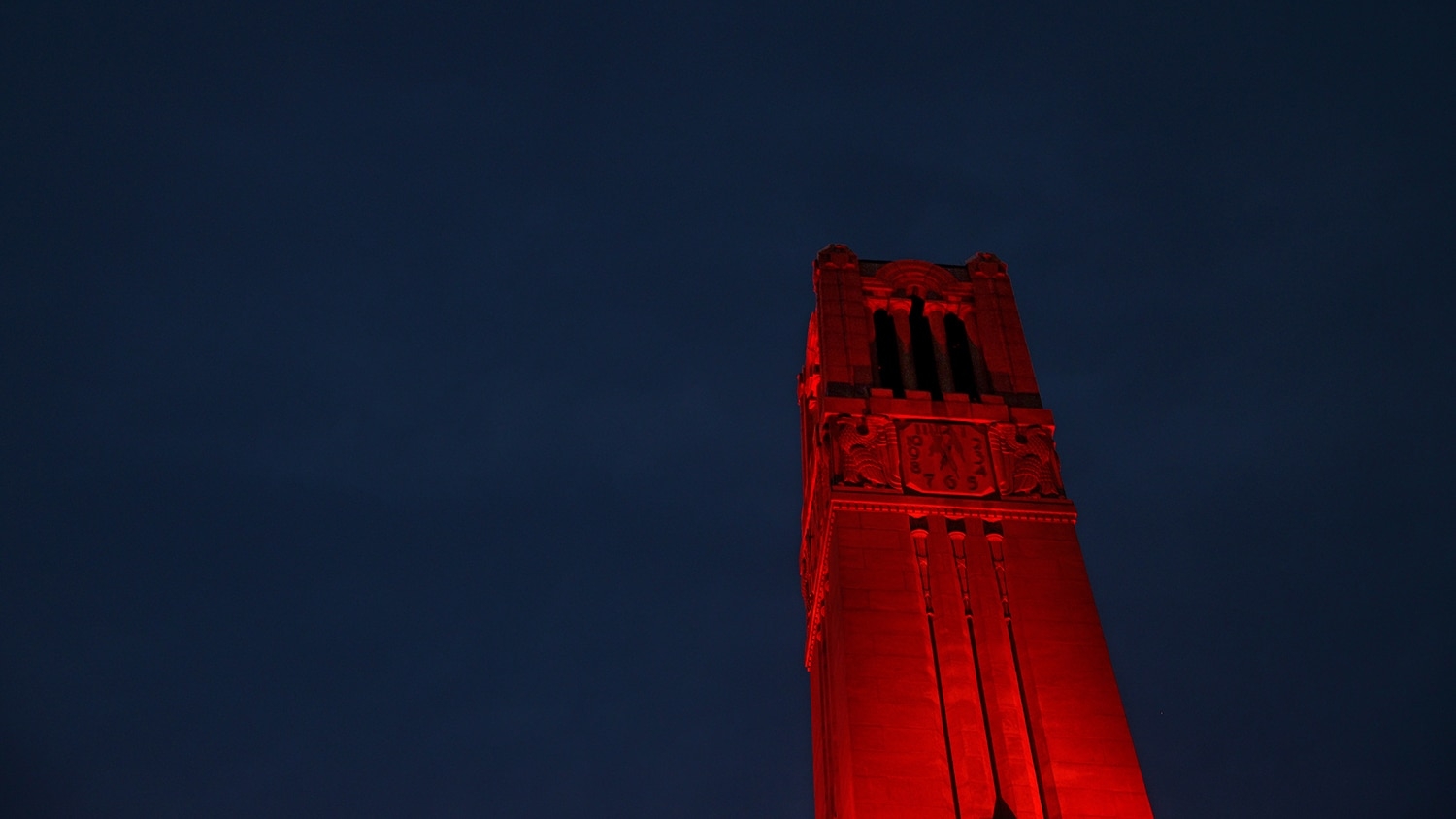New pink hydrangea is Invincibelle®
A new variety of hydrangea, developed by N.C. State University horticulturist Dr. Tom Ranney, will have gardeners thinking pink this year. Hydrangea arborescens ‘NCHA1’ Invincibelle® Spirit is a hybrid of the typically white-flowered Hydrangea arborescens mountain hydrangea — or white-flowering ‘Annabelle’ — but with a significant difference: It has bright pink flowers. Unlike the finicky, exotic big-leaf hydrangea, this native species is tough and adaptable, impervious to cold, and the flowers of Invincibelle® Spirit are always pink. This pink hydrangea holds its color, unlike others that turn blue in North Carolina’s naturally acidic soils. The first pink mountain hydrangea to be made available to the public, the new hydrangea is now making its debut in garden centers.

And it brings with it another pink-colored plus: The flowering shrubs brand Proven Winners® Color Choice® will donate $1.00 from each purchase of Invincibelle® Spirit hydrangea to the Breast Cancer Research Foundation.
One review of Invincibelle® Spirit is blooming with superlatives: Spring Meadow Nursery on its website calls it a “remarkable hydrangea” and “the most exciting development in hydrangeas since 1988.”
Able to be grown in cold climates, Invincibelle® Spirit is also heat-tolerant — bred to be as hardy as the typical ‘Annabelle’ breed but with an abundance of hot-pink flowers lasting from early summer to frost. It can be grown in full sun to partial shade and is adaptable to many soil types, producing months of beautiful pink flowers regardless of soil pH.
The man responsible for the plant-breeding breakthrough is Ranney, a College of Agriculture and Life Sciences horticulture professor who leads a research program at the Mountain Horticultural Crops Research and Extension Center near Asheville.
Ranney began work on developing the plant in 2003. “The project required combining multiple recessive traits into a good landscape form,” he says. “The primary goal was to combine pink flower color with a showy, mop-head flower architecture.”
A 2009 article in Nursery Notes by Ranney and co-researcher Dr. Richard Olsen, Research Geneticist at the U.S. National Arboretum, indicates that Olsen first suggested the potential for breeding a pink-flowered ‘Annabelle’ (and some of their first research was initiated) when he was Ph.D. student at N.C. State. With support from Spring Meadow Nursery, the project continued with various research specialists contributing to the development of “numerous generations” and “back crosses” until, the authors say, “we selected one outstanding plant that combined particularly nice form, foliage and exceptional pink mophead inflorescences.”
The resulting rebloomer, Ranney says, “is a new twist on a classic, native garden shrub that is ideally suited for North Carolina.”
— Terri Leith


